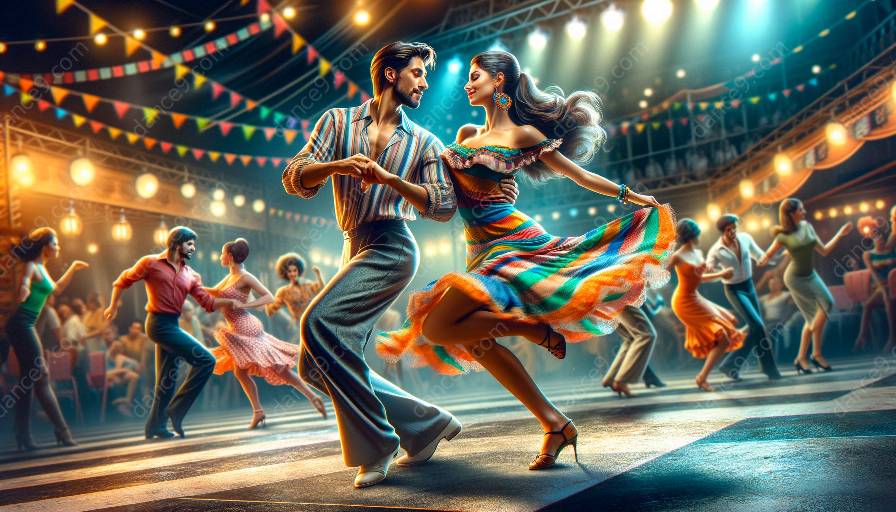Salsa Cubana, often referred to as Cuban salsa, is a popular dance style that has captivated dancers and music lovers around the world. At the heart of this vibrant and energetic dance form are essential musical rhythms that give it its unique and infectious character. Understanding these rhythms is crucial for anyone looking to master the art of Cuban salsa and excel in dance classes.
Clave Rhythm
One of the most fundamental rhythms in Cuban salsa is the clave, which serves as the rhythmic foundation for the music. The clave pattern consists of two wooden sticks struck together in a particular sequence and is omnipresent in Cuban music. It sets the timing and provides the backbone for the entire salsa composition, guiding the dancers through their steps and movements.
Son Montuno
Another essential rhythm in Cuban salsa is the son montuno, which originated in the eastern part of Cuba. This lively and syncopated rhythm is characterized by its fast-paced and infectious beat, driving the dancers to move with passion and vigor. The son montuno rhythm often features call-and-response patterns, adding an interactive element to the music that further enhances the connection between dancers and musicians.
Rumba Rhythms
Rumba is a genre of Cuban music and dance that has heavily influenced the development of Cuban salsa. The three primary rumba rhythms - yambú, guaguancó, and columbia - contribute to the rich tapestry of Cuban music and provide diverse and dynamic options for dancers to express themselves. These complex and polyrhythmic patterns offer a wealth of opportunities for creative and soulful movements, making rumba rhythms an indispensable component of Cuban salsa music.
Claves and Tumbaos
In addition to the clave, Cuban salsa music is enriched by tumbaos, which are repetitive bass patterns that drive the rhythm and add depth to the music. Tumbaos provide a solid foundation for dancers to syncopate their steps and express themselves through intricate footwork and body movements. Understanding the interplay between claves and tumbaos is essential for dancers seeking to immerse themselves in the soul-stirring rhythms of Cuban salsa.
Cuban Timba
While traditional rhythms form the backbone of Cuban salsa, the contemporary genre of Cuban timba has also made a significant impact on the dance form. Characterized by its fusion of traditional Cuban rhythms with modern influences, timba infuses the music with a fresh and innovative energy that resonates with dancers of all backgrounds. The pulsating beats and dynamic arrangements of timba music create an exhilarating atmosphere in dance classes, inspiring dancers to push their boundaries and unleash their creativity on the dance floor.
In conclusion, the essential musical rhythms in Cuban salsa form the heartbeat of dance classes, providing the foundation for the expressive and passionate movements that define this captivating dance style. From the timeless traditions of clave and son montuno to the vibrant innovations of Cuban timba, these rhythms are a testament to the rich cultural heritage and rhythmic diversity of Cuban salsa, inviting dancers to immerse themselves in a world of music and movement that knows no bounds.













































































